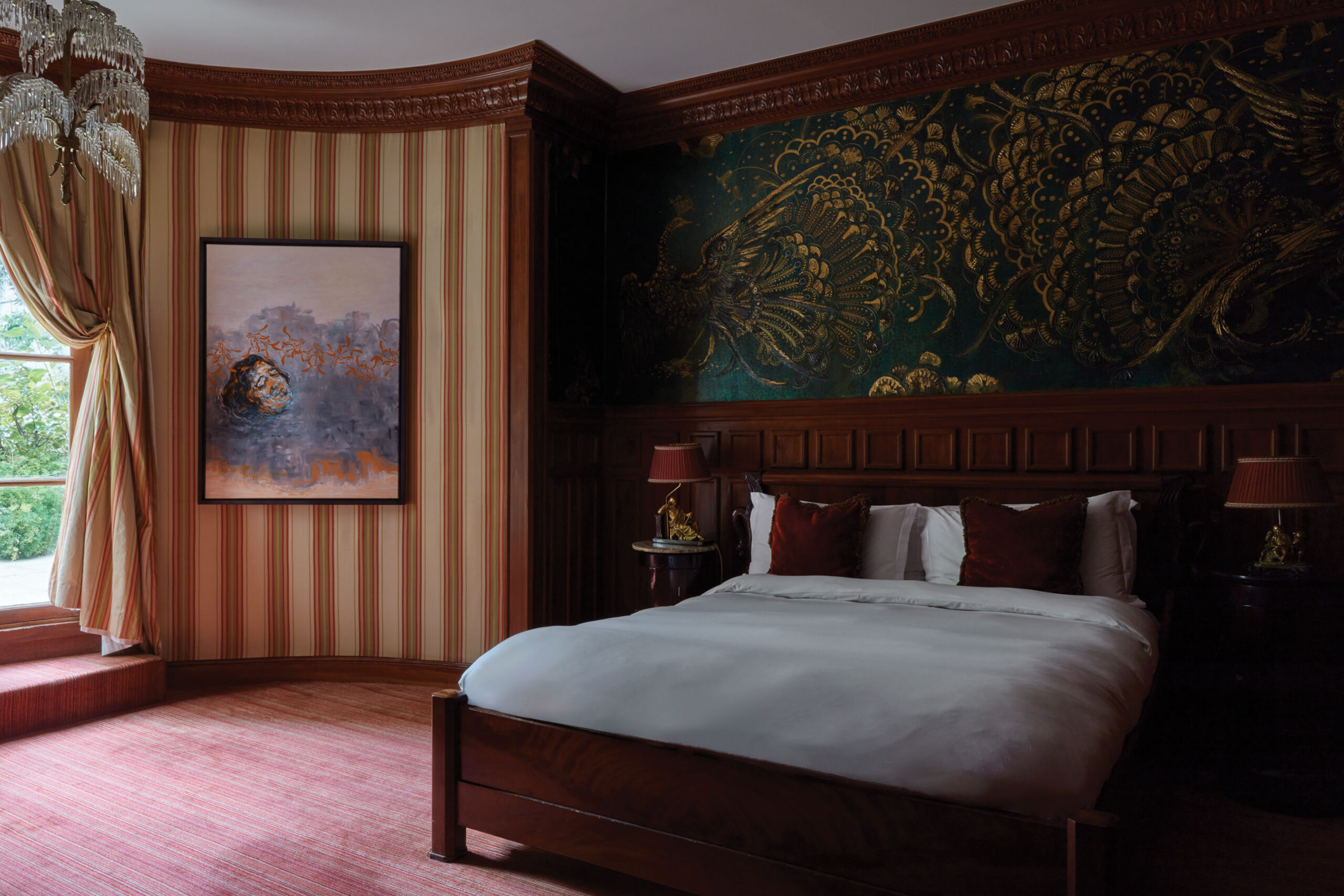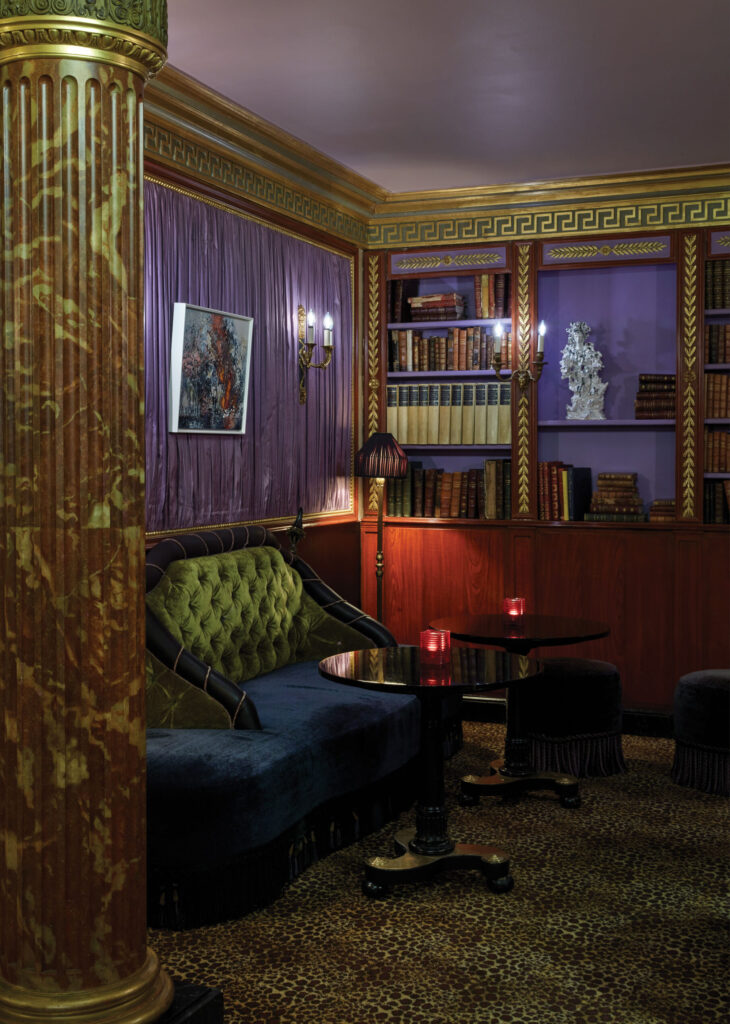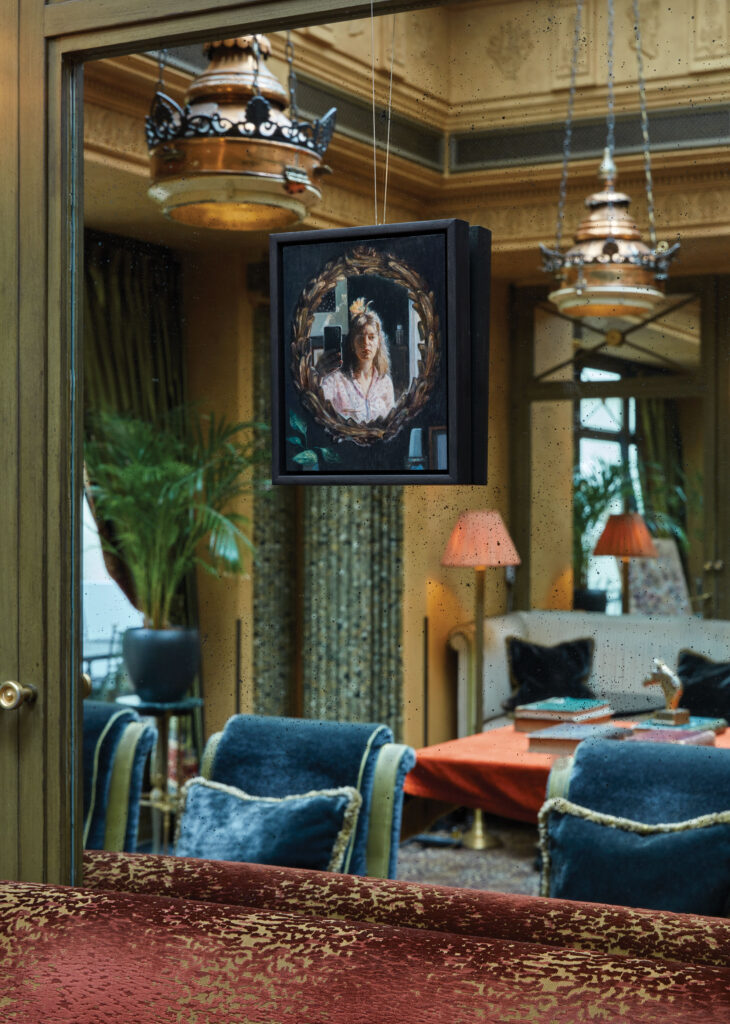“The only excuse for making a useless thing is that one admires it intensely”
Oscar Wilde
In De Profundis, the works of sixteen internationally renowned contemporary artists are drawn into a conversation with the Oscar Wilde’s masterpiece of 1897. The exhibition is set within the walls of L’Hotel in the heart of St. Germain-des-Prés – the house where the captivating, provocative and sorrowful story of the enigmatic writer ended. Curated by Daniel Malarkey, the show brings together the artists of different generations and different media, including Maggi Hambling, Derek Jarman, Paul Mpagi Sepuya, Jean-Marie Appriou, Richard Slee, David Rappeneau, Francis Offman and others, in order to reinvigorate the debate on the ageless questions Wilde raised in this letter to the love of his life, Lord Alfred Douglas.
The questions surrounding the notions of love, disdain, humility, sorrow, repentance and pleasure, reflected on by Wilde from the prison cell of Reading Gaol, have always remained the cornerstone of human impulses and judgements. In the current times of revaluation and disillusionment, a new, invigorating and crisp statement on these cardinal facets of human existence is all the more pertinent. De Profundis seems to contain all of the histories and the pathways of human mind, leading the reader on exploratory journey of her own crookedness for the achievement of her own peace.
In the exhibition, the ill at ease figures of David Rappeneau in constant hunger for corporal pleasures are juxtaposed to ethereal sculptural creations of Jean-Marie Aprriou, the resolute athletic bodies of Paul Sepuya challenge the exposed vulnerable nudes of Luis Caballero, and kaleidoscopic lustrous ceramics of Richard Slee counter the warm textural wooden surfaces of Eleanor Lakelin. The centrepiece of the exhibition – the portrait of Oscar Wilde by Maggi Hambling – hung in the suite where the author had died, reflects the depth of the impression that Wilde’s tales left in her mind. Several artists have created works specially for this exhibition, including Kenneth Bergfeld, Krzysztof Grzybacz, and Tancredi di Carcaci, whose largest thus far bronze Selfish Giant reminds the viewer of the connection between humanity and nature.

Alongside the exhibition, a limited-edition catalogue, edited by Bella Kesoyan, will be published showcasing the essays by young curators and critics who delve into the links between Oscar Wilde and the works of art within the show. Through the publication and the exhibition, Daniel Malarkey aims to not bring into the conversation not just the words of Oscar Wilde, but his essence, to create a visual universe that encircles his characters together with the writer’s own story. The ideas, feelings and language of a renegade of the nineteenth century, shunned and condemned for revealing his true self by the very same society that had honoured him force their way through time into contemporary discourse.

All Photography © James McDonald (http://www.jamesmcdonaldphotography.co.uk/)



